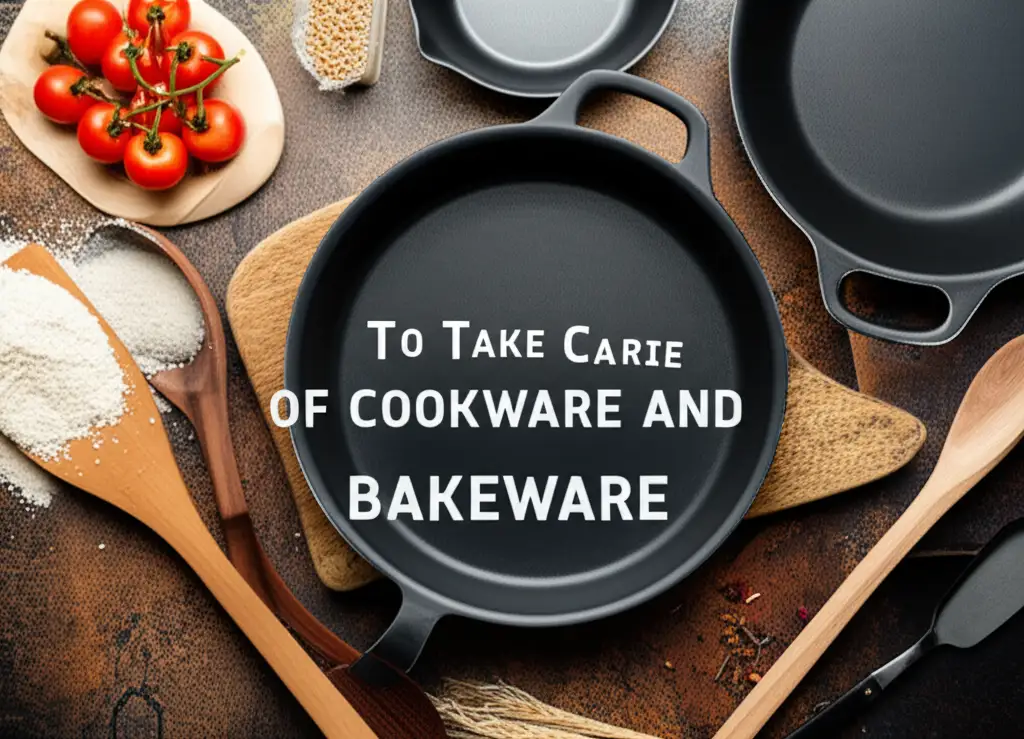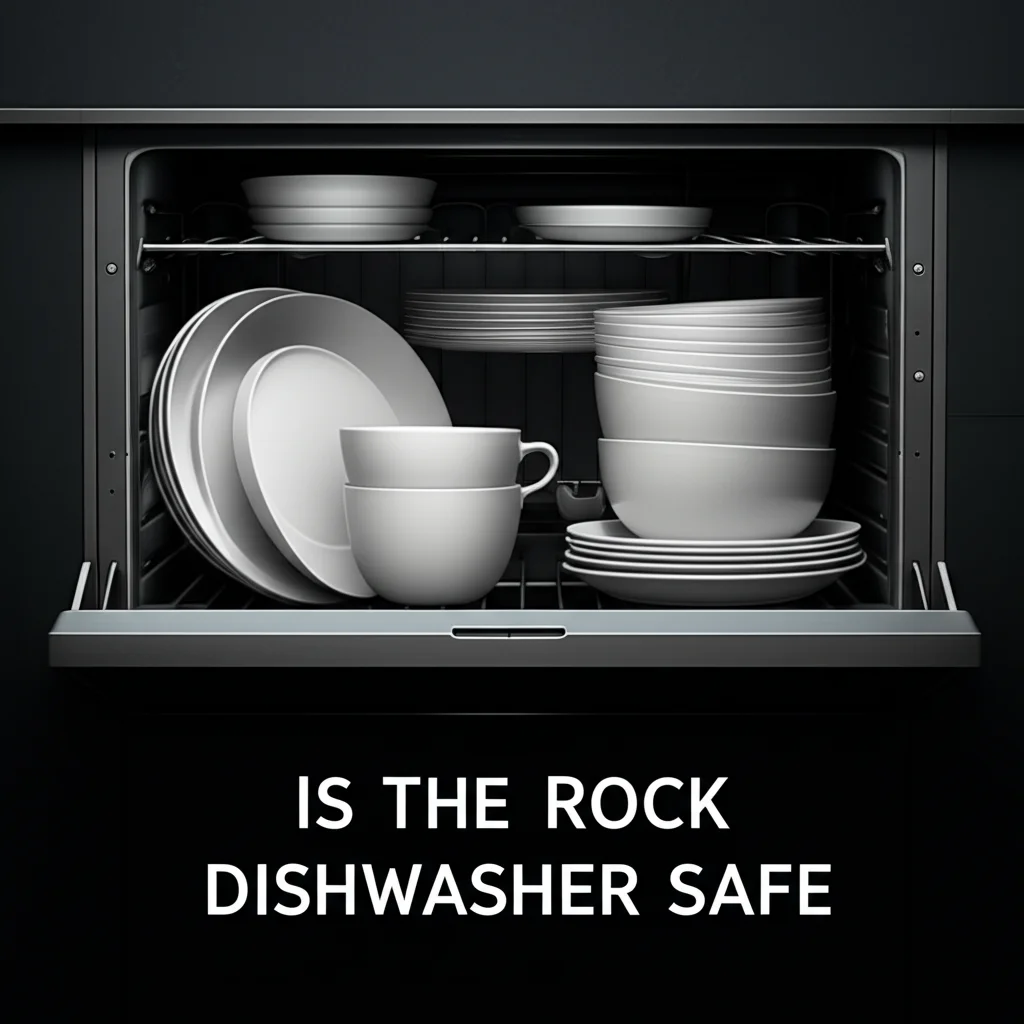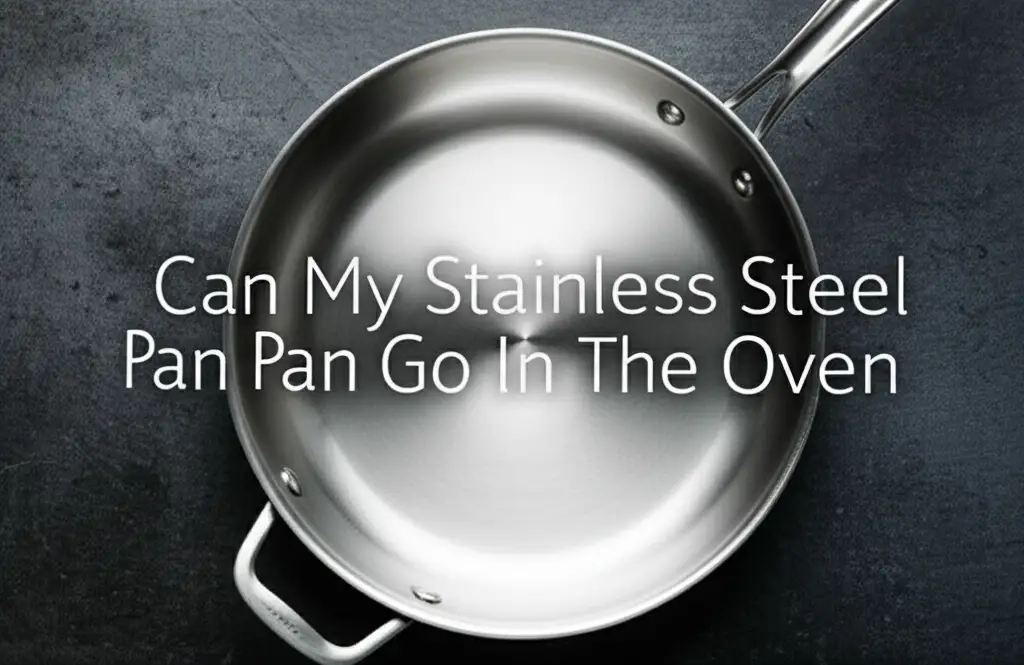· Todd Martin · Kitchen & Home Care · 13 min read
How To Make Stainless Steel Pan Look New Again

Restore Your Stainless Steel Pan: Shine Like New Again
Ever gazed at your once-gleaming stainless steel pan and sighed? Over time, even the most durable cookware can lose its luster. Food residues, oil buildup, heat discoloration, and water spots are common culprits. The good news is, you do not need to buy a new pan. You can learn how to make stainless steel pan look new again using simple household items. This guide will walk you through effective steps to bring back that showroom shine. We will cover daily cleaning, stain removal, and preventative care.
Takeaway: Restore Your Pan’s Shine
- Use baking soda and water for burnt food and oil stains.
- Apply white vinegar for heat discoloration and water spots.
- Polish with a soft cloth and a tiny bit of olive oil for a mirror finish.
- Clean pans gently after each use. Dry them completely to prevent water spots.
- Avoid abrasive scrubbers to protect the pan’s surface.
How to make your stainless steel pan look new again?
To make your stainless steel pan look new again, you must clean it thoroughly. Use baking soda for stubborn food residue. Apply vinegar to remove heat discoloration and water spots. Polish the surface with a soft cloth to restore its original shine.
Understanding Your Stainless Steel Pan: The Basics
Stainless steel pans are popular for their durability and even heat distribution. They resist rust and corrosion well. However, they are not immune to everyday wear and tear. Over time, heat, food particles, and hard water can dull their appearance.
Dullness often comes from a thin layer of cooked-on oils or mineral deposits. These layers build up and make the pan look dirty, even after washing. Discoloration, like blue or rainbow hues, happens from high heat. This is a common issue for many cooks. Understanding these causes helps you choose the right cleaning method. You can then effectively make your stainless steel pan look new again.
Maintaining your stainless steel pan involves more than just washing it. Proper care extends its life and keeps it looking its best. Knowing the material helps in avoiding damage. It also helps in selecting safe cleaning agents. This ensures your pan stays beautiful and performs well for years.
Everyday Cleaning for Lasting Shine
Routine cleaning is key to keeping your stainless steel pan looking new. After each use, let your pan cool down completely. Then, wash it with warm, soapy water. Use a soft sponge or cloth to prevent scratches.
For light food residue, a simple wash often does the trick. I usually apply a little dish soap directly to the pan. Then, I scrub gently in circular motions. Rinse the pan thoroughly with warm water. Make sure to remove all soap residue.
Drying your pan immediately is very important. Water spots form when water dries on the surface. These spots contain minerals from your tap water. Use a clean, dry towel to wipe the pan dry. This simple step helps prevent new stains. It also preserves the pan’s natural luster. Can I put my stainless steel pan in the dishwasher is a common question. While some pans are dishwasher safe, handwashing is often better for maintaining their appearance.
Even with daily use, you can maintain a clean, polished look. Regular care prevents grime buildup. This makes deep cleaning less frequent. A little effort after each meal helps your pan look its best. This keeps it ready for your next culinary adventure.
Conquering Stubborn Stains: The Baking Soda Power
Stubborn stains, like burnt food or caked-on oil, often require more than just soap and water. Baking soda is a powerful, non-toxic cleaner for these tough messes. It is mildly abrasive and helps lift residue without scratching the pan. You can easily make your stainless steel pan look new again with this simple item.
For burnt-on food, first, remove any loose debris. Add a small amount of water to the pan, just enough to cover the bottom. Bring the water to a boil, then turn off the heat. Sprinkle a generous amount of baking soda over the residue. Let it sit for 15-30 minutes. The baking soda will help loosen the burnt bits. After soaking, gently scrub with a non-abrasive sponge or a nylon brush. This method is excellent for how to clean burnt oil from stainless steel pan.
For general oil residue or dullness, make a paste. Mix baking soda with a little water. The paste should be thick. Apply this paste to the affected areas. Let it sit for a few minutes. Then, scrub in the direction of the grain of the stainless steel. This helps to lift the grime. How to clean stainless steel pan with baking soda is a widely used method. It effectively removes tough stains.
After scrubbing, rinse the pan thoroughly. Make sure no baking soda residue remains. Dry the pan immediately with a clean towel. Baking soda is a safe and effective way to tackle common pan problems. It brings back the pan’s original shine.
Vinegar’s Role in Restoring Luster and Removing Discoloration
Vinegar is a true hero for restoring the shine of stainless steel pans. It works wonders on heat discoloration, water spots, and general dullness. The acidic nature of vinegar helps dissolve mineral deposits and light oxidation. This makes your stainless steel pan look new again without harsh chemicals.
For heat discoloration, often appearing as blue or rainbow stains, pour a small amount of white vinegar into the pan. Just enough to cover the discolored areas. Let the vinegar sit for a few minutes. You might see the discoloration begin to fade. Then, scrub gently with a soft sponge. Rinse the pan thoroughly with warm water. This method effectively targets the specific types of stains.
Water spots and cloudy film also disappear with vinegar. After washing your pan, wipe it down with a cloth dampened with white vinegar. This step not only removes existing spots but also prevents new ones. It leaves a streak-free, gleaming finish. This is also useful for how to clean stainless steel pan bottoms with vinegar.
Vinegar can also tackle more general stains on the pan’s surface. For broader areas of dullness, you can spray vinegar directly onto the pan. Wipe it clean with a microfiber cloth. Always remember to rinse well after using vinegar. This removes any acidic residue. How to clean stains on stainless steel often includes vinegar as a top recommendation. It is a powerful, natural cleaning agent.
Deep Cleaning and Polishing for a Mirror Finish
For a truly new look, deep cleaning and polishing are essential steps. These methods go beyond basic stain removal. They aim to restore the pan’s original reflective surface. This step is crucial to make your stainless steel pan look new again.
You can use a specialized stainless steel cleaner for deep cleaning. These products are formulated to dissolve stubborn grime and restore shine. Follow the product instructions carefully. Most require you to apply the cleaner with a soft cloth. Then, you rub it in the direction of the grain. After cleaning, buff the surface with a clean, dry cloth. This removes any streaks.
For a natural polish, olive oil works wonders. After your pan is clean and dry, put a tiny amount of olive oil onto a soft cloth. Rub the oil into the pan’s surface. Work in small circular motions. Then, use a separate, clean, dry microfiber cloth to buff the pan. This removes excess oil and leaves a brilliant, streak-free shine. This simple trick adds a protective layer. It also makes your pan look remarkably new.
Remember, the goal is to make the pan gleam. Take your time during the polishing step. A thorough buffing ensures no streaks or oil residue remain. This final touch makes a big difference in the pan’s appearance. It transforms a dull pan into a sparkling one. For general care, knowing how to clean stainless steel thoroughly is important. This ensures longevity and performance.
Preventative Care: Keeping Your Pan Looking New Longer
Keeping your stainless steel pan looking new involves smart daily habits. Prevention is often easier than repair. These simple steps can greatly extend the lifespan and beauty of your cookware. They help you avoid common issues that dull the pan’s appearance.
One key tip is to preheat your pan correctly. Always heat your stainless steel pan on medium heat before adding oil or food. This prevents food from sticking and burning. A hot pan forms a non-stick-like surface. This helps keep your pan cleaner during cooking. It also reduces stuck-on messes later. For more on this, you can check out how to get your stainless steel pan to not stick.
Avoid extreme temperature changes. Never put a hot stainless steel pan directly into cold water. This can cause warping and thermal shock. Thermal shock can create permanent stains or even crack the pan. Let your pan cool down naturally before washing it. This simple habit protects the pan’s integrity. It prevents unwanted marks. Can you put hot stainless steel pan in water is a common query, and the answer is generally no, wait for it to cool.
Proper storage also plays a role. Store your pans carefully to prevent scratches. If stacking pans, place a cloth or paper towel between them. This acts as a barrier. It protects the surface from friction damage. Following these preventative measures means less time spent on deep cleaning. Your stainless steel pan will stay looking new with less effort.
Addressing Specific Pan Challenges
Sometimes, pans face specific challenges that need targeted solutions. While stainless steel is durable, it is not indestructible. Minor issues can arise. Knowing how to handle them keeps your pan in top shape. This ensures it continues to look its best.
Rust Spots: True rust on stainless steel is rare. It usually happens if the pan is exposed to harsh chemicals. Or, it can happen if non-stainless steel particles get embedded. If you spot a small rust mark, make a paste of baking soda and a few drops of water. Apply it to the rust spot. Let it sit for an hour. Then, gently scrub with a soft brush or cloth. Rinse thoroughly. For persistent rust, you might need a specialized stainless steel rust remover.
Minor Scratches: Stainless steel can get minor surface scratches over time. These are often cosmetic. They do not affect the pan’s performance. Deep scratches are harder to remove. For light scratches, sometimes a stainless steel polish can minimize their appearance. Rub the polish in the direction of the metal’s grain. This blends the scratch with the surrounding finish. It makes the stainless steel pan look new again.
Heavy Discoloration: If vinegar alone does not remove severe heat discoloration, try a stronger acidic cleaner. Lemon juice can work similarly to vinegar but is often more potent. Apply lemon juice to the discolored area. Let it sit for 10-15 minutes. Scrub gently and rinse well. Always test a small, inconspicuous area first. This prevents any unintended damage. For all stain types, general knowledge on how to clean stains on stainless steel is highly beneficial.
These targeted solutions help manage specific issues. They ensure your pan remains beautiful and functional. Regular attention to these details maintains the pan’s aesthetic appeal. It extends its usable life.
Beyond the Pan: Extending Stainless Steel Care
The principles for caring for your stainless steel pan apply to other stainless steel items too. Understanding how to maintain this material is a valuable skill. It keeps many kitchen and home items looking their best. The same techniques you use to make your stainless steel pan look new again can work elsewhere.
Think about other stainless steel surfaces in your home. Your stainless steel sink, for instance, faces similar challenges. Water spots, food stains, and general grime can build up. Using baking soda and vinegar paste can effectively clean your sink. You can make it shine brightly. This mirrors the effort you put into your pans. For specific guidance, you can refer to how to clean stainless steel sink.
Appliances like dishwashers and refrigerators also benefit from these cleaning methods. Fingerprints, smudges, and dullness are common issues. A soft cloth dampened with white vinegar often restores their luster. You can then buff them dry with a microfiber cloth. This makes them look sleek and new. Learning how to clean stainless steel dishwasher or how to clean stainless steel refrigerator can be very helpful.
Even outdoor stainless steel items, like grills, need attention. While they face different environmental factors, basic cleaning principles remain. Regular cleaning prevents buildup and corrosion. This keeps them looking good season after season. The knowledge gained from pan care is versatile. It empowers you to maintain cleanliness and shine throughout your home.
Frequently Asked Questions
Q1: How often should I deep clean my stainless steel pan? You should deep clean your stainless steel pan every few weeks or as needed. If you notice dullness, heat discoloration, or stubborn stains, it is time for a deep clean. Daily washing is for maintenance. Deep cleaning restores its original look.
Q2: Can I use steel wool on stainless steel? No, you should not use steel wool on stainless steel pans. Steel wool is too abrasive. It can scratch the surface of your pan. These scratches can then dull the pan’s appearance. They can also create areas where food or grime gets trapped. Use a soft sponge or nylon scrubber instead.
Q3: What causes rainbow discoloration on stainless steel? Rainbow discoloration, also known as “heat tint,” occurs when stainless steel is exposed to high heat. The heat causes the chromium in the steel to oxidize. This creates a thin layer that reflects light in rainbow colors. It is harmless. Vinegar or lemon juice can often remove it.
Q4: Is it safe to use harsh chemicals on pans? It is generally not safe or recommended to use harsh chemicals on cooking pans. These chemicals can damage the pan’s surface. They can also leave harmful residues. Stick to natural cleaners like baking soda, vinegar, and dish soap. These are effective and safe for cookware.
Q5: How can I prevent food from sticking to my stainless steel pan? To prevent food from sticking, always preheat your stainless steel pan properly. Heat the pan over medium heat for a few minutes. Then, add a little oil. The oil should shimmer. This creates a non-stick effect. This method helps reduce food residue.
Q6: Can I polish stainless steel with olive oil? Yes, you can polish stainless steel with a tiny amount of olive oil. After cleaning and drying your pan, put a drop or two of olive oil on a soft cloth. Rub it into the pan’s surface. Then, buff it with a clean, dry microfiber cloth. This leaves a beautiful, streak-free shine.
Conclusion
Making your stainless steel pan look new again is a rewarding task. It extends the life of your valuable cookware. We explored various methods, from everyday washing to tackling tough stains. You now know the power of simple ingredients like baking soda and vinegar. These items can transform a dull, stained pan into a gleaming showpiece.
Remember, consistency is important. Regular cleaning and preventative care prevent major buildup. This means less effort in the long run. Embrace these tips to maintain your stainless steel pans. You will enjoy cookware that performs beautifully. It will also look sparkling clean every time you cook. Go ahead, give your pans the care they deserve. You will be amazed at how easily you can make your stainless steel pan look new again. Start restoring your pan’s shine today!





